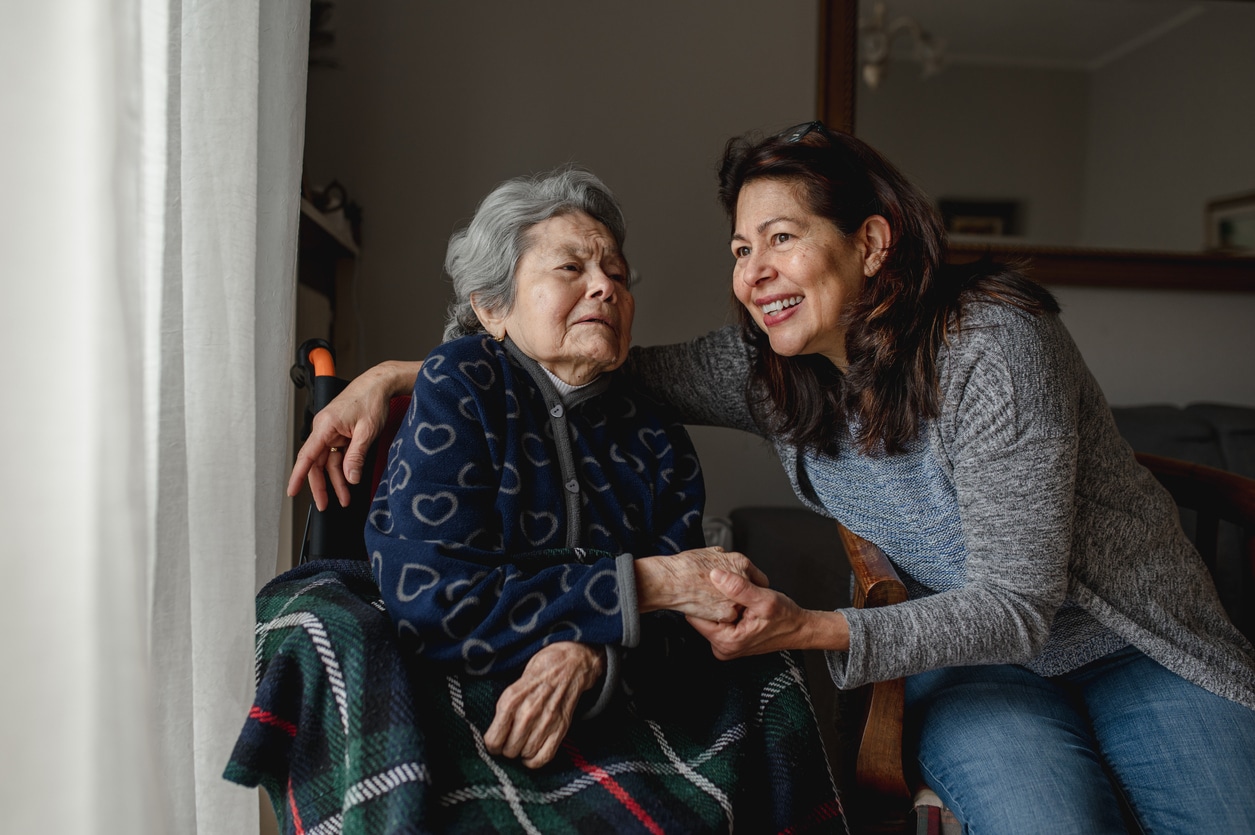If you are in charge of your loved one’s well-being, keeping an accurate patient file is a key component of staying organized and making sure your senior has the best possible care. A patient checklist can help you stay ahead of details that will keep your senior in good health for as long as possible.
What’s the Purpose of a Patient Checklist?
A checklist summarizes all the information related to the medical and legal aspects of your senior’s care, including the action items that have been taken and the insurance, drug, and benefit information.
A patient file checklist is designed to contain all the bits of data important to your senior, so you don’t have to commit them to memory. The document also helps during caregiver vacations or when you need to move on and have someone else step into the caregiver role. An up-to-date patient checklist provides peace of mind, and having everything organized in one place can promote a greater sense of work-life balance.
What to Include on a Checklist
The checklist should be a ready reference for all the data you would need in an emergency or even when taking your senior for a checkup. It can be a simple typewritten form or a more formal document. The important thing is that the layout works for you personally.
Here are some things a patient file checklist should include:
- Legal information such as power of attorney, do-not-resuscitate orders, and living will documentation
- Medical history, such as previous allergic reactions, current medications, and symptoms
- Action plan items discussed with your senior’s doctor or financial planner
- Contact information for the senior’s physician, lawyer, and close family members
- Insurance information, such as approved plan costs, VA benefits, and group numbers
Keep Your Checklist Handy and Updated
The Caregiver Action Network suggests keeping the file in an easy-to-reach, logical place where you’ll be able to grab it quickly in an emergency. The ideal place would be somewhere convenient enough to be able to get in an instant and safe enough that it’s protected from those not involved with your senior’s care.
Caregivers often keep their patient file checklist in the same place each time and regularly check it for updates. You might want to store it in a binder, along with other information for your senior, or in a drawer separate from the rest of the paperwork. This type of file is essential for emergencies, so keep it in an area you won’t forget. Choose a location that’s right for your bookkeeping and organizational style.
As a final note, make sure one or two other trusted family members know the location and contents of the patient file checklist as well. Doing this will help ensure your senior gets the right care even if you’re not available or traveling.
See also:




